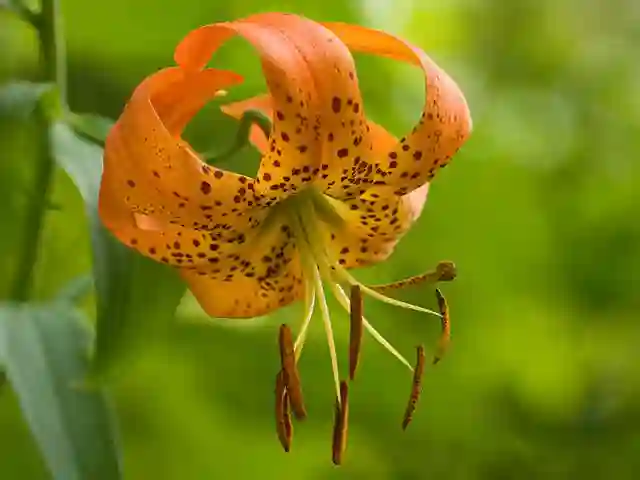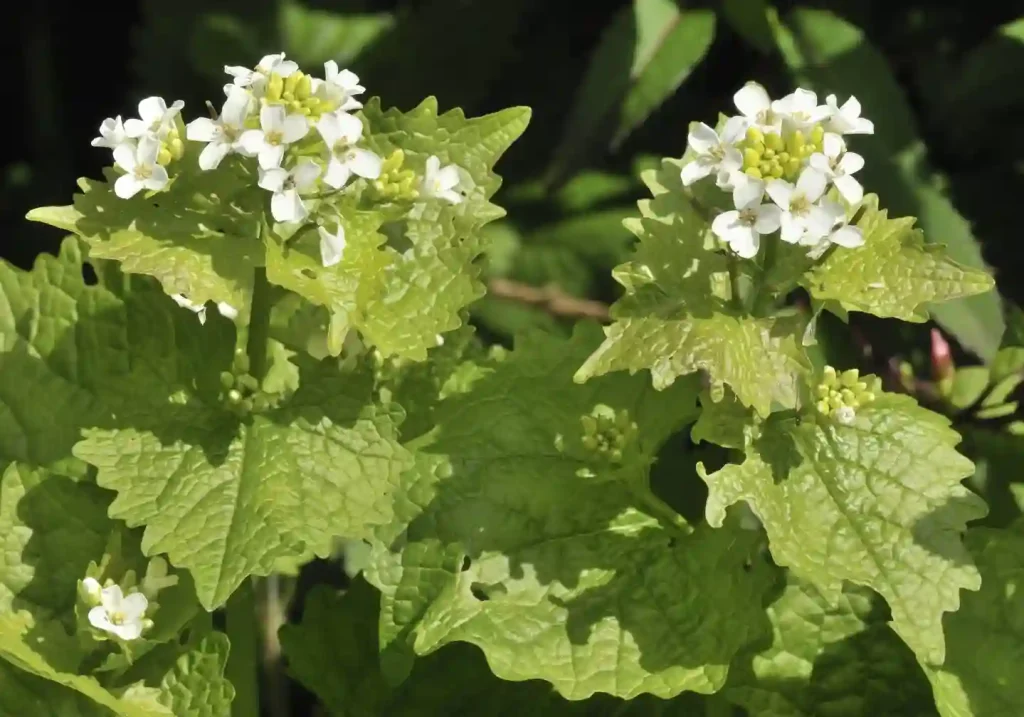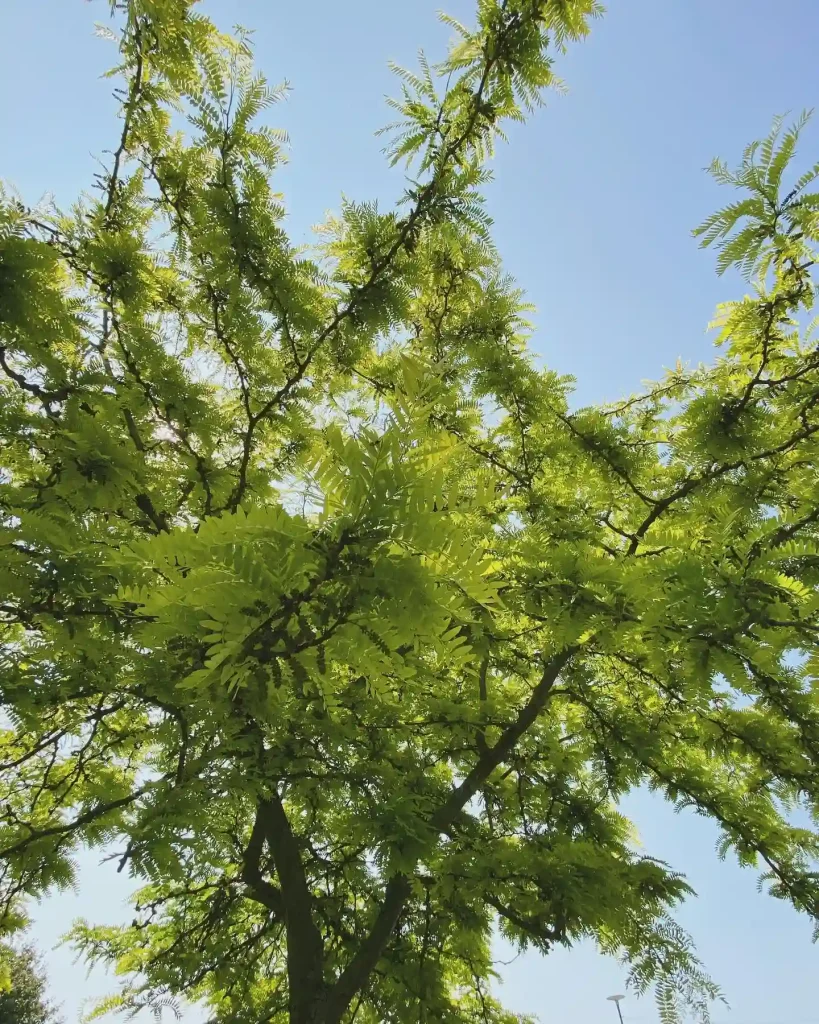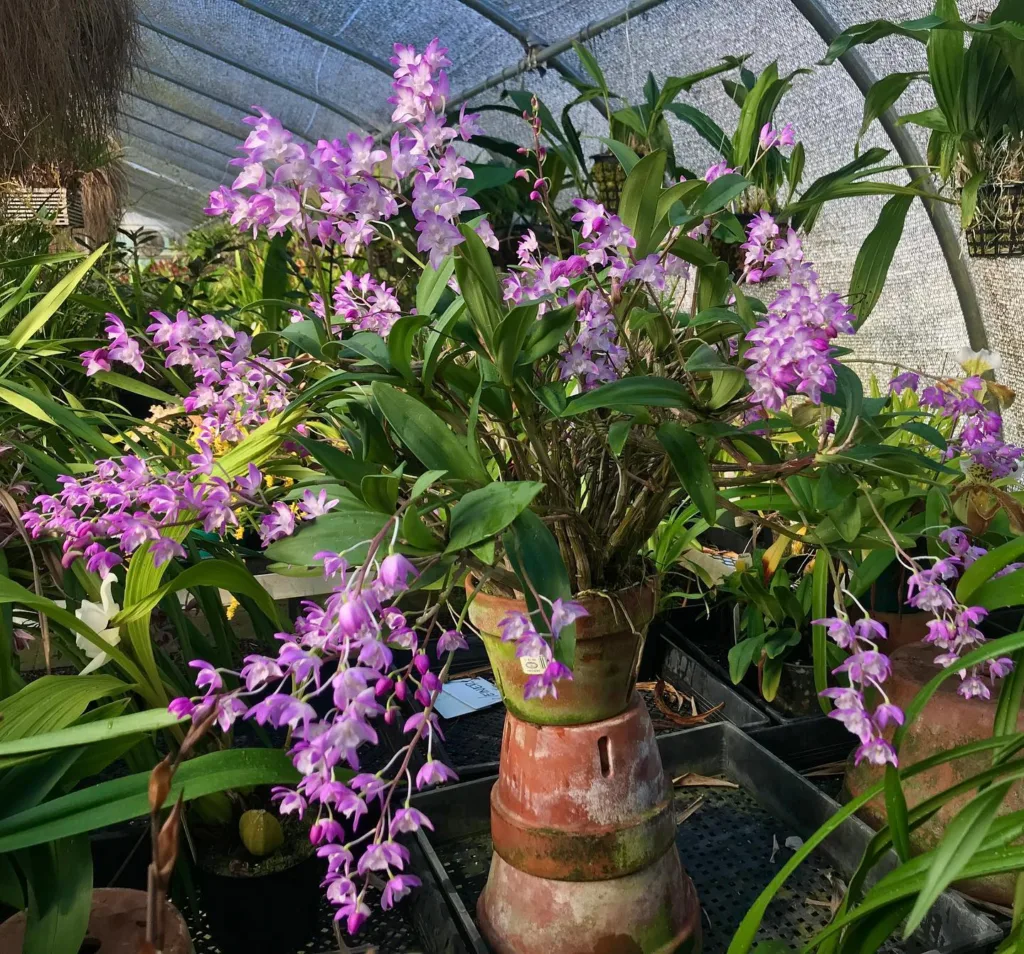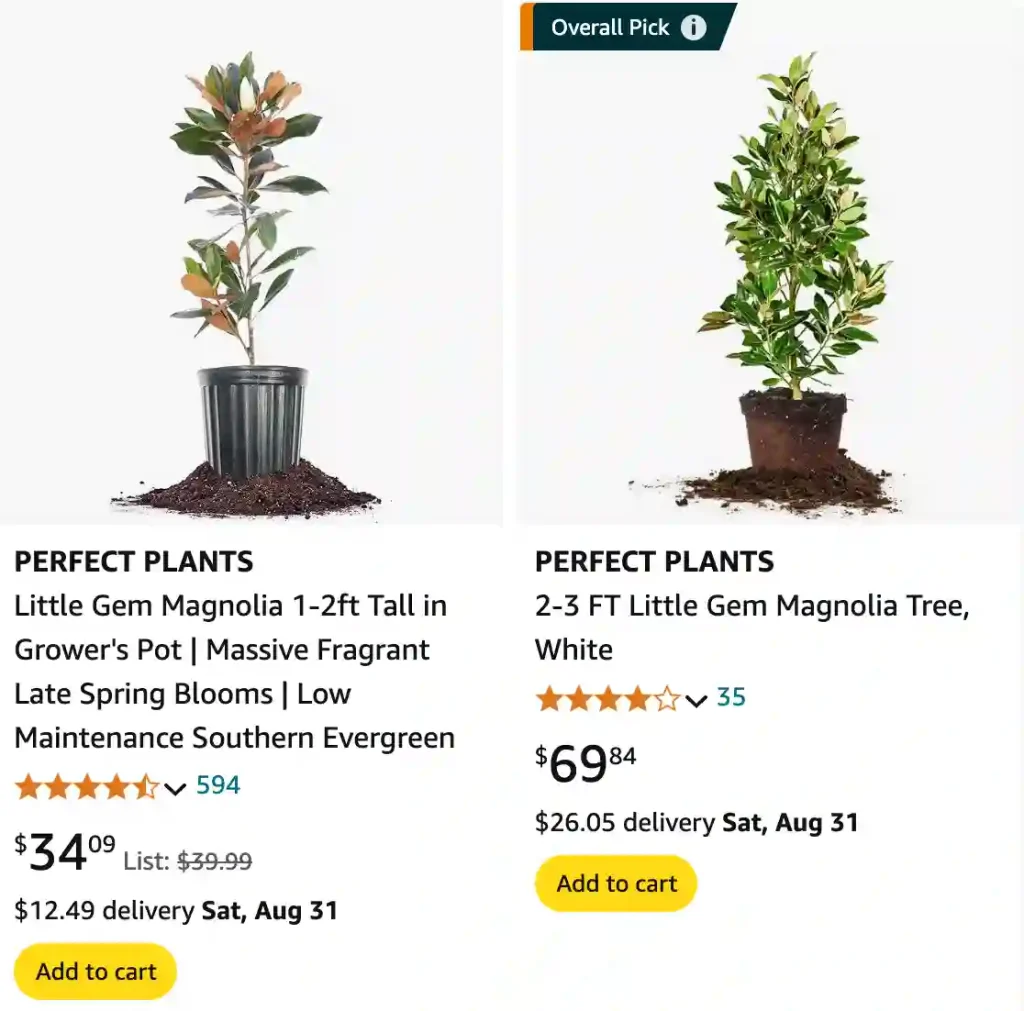
Little Gem Magnolia FAQs
I’ve spent quite a bit of time researching and growing Little Gem Magnolias, and I understand that they raise a lot of questions. If you’re considering adding this lovely tree to your garden, here’s what you need to know about the Little Gem Magnolia.
371 Species in Genus Magnolia
How Big Do Little Gem Magnolias Get?
The Little Gem Magnolia is known for its compact size compared to its larger relatives. Typically, it grows to about 15 to 20 feet in height and 10 to 12 feet in width. This makes it a great choice for smaller gardens where a full-sized Southern Magnolia might be too large.
How Fast Do Little Gem Magnolias Grow?
In my experience, Little Gem Magnolias are relatively slow-growing. They typically grow about 6 to 12 inches per year. Patience is key with this tree. While it’s not the fastest-growing option, the reward of its beautiful foliage and blossoms makes the wait worthwhile.
How Far to Plant Little Gem Magnolia Tree from House?
When planting a Little Gem Magnolia, it’s essential to consider its mature size. I recommend planting it at least 6 to 10 feet away from your house or other structures. This spacing ensures the tree has room to grow without causing any potential damage to your home or landscape.
How to Plant a Little Gem Magnolia?
Planting a Little Gem Magnolia involves a few straightforward steps:
- Choose the Right Spot: Find a location with full sun to partial shade. Ensure the soil is well-draining.
- Prepare the Soil: Amend the soil with compost to improve drainage and fertility.
- Dig the Hole: Make a hole that is twice as wide as the root ball and just as deep.
- Plant the Tree: Place the tree in the hole, making sure it’s level with the surrounding ground. Backfill with soil and water thoroughly.
- Mulch: Apply a layer of mulch around the base to help retain moisture and suppress weeds.
Are Little Gem Magnolia Roots Invasive?
Little Gem Magnolia roots are generally not considered invasive. They have a relatively contained root system compared to larger magnolias, making them suitable for urban and suburban gardens. However, as with any tree, it’s wise to monitor the growth and ensure the roots aren’t causing issues with nearby structures.
Are Little Gem Magnolia Trees Messy?
In my experience, Little Gem Magnolias are less messy than larger magnolias. They do shed leaves and flowers, but not in overwhelming amounts. Their smaller size also means less debris to deal with compared to the larger varieties.
Are Little Gem Magnolias Evergreen?
Yes, Little Gem Magnolias are evergreen. They retain their glossy, dark green leaves throughout the year, which provides a consistent backdrop in your garden, even in winter.
Can Little Gem Magnolia Be Pruned?
Absolutely. Little Gem Magnolias can be pruned to maintain their shape and size. It’s best to prune in late winter or early spring before new growth begins. Regular pruning helps keep the tree compact and encourages a more robust flowering display.
Can Little Gem Magnolia Grow in Pots?
Growing Little Gem Magnolias in pots is possible but requires a bit more attention. Choose a large pot to accommodate the root system and ensure it has good drainage. You’ll need to water more frequently than if the tree were planted in the ground and be prepared for more regular repotting as the tree grows.
Can You Keep Little Gem Magnolia Small?
Yes, with proper pruning and care, you can keep a Little Gem Magnolia small. Regular trimming helps control its size and encourages dense, healthy growth. Just be sure not to over-prune, as this can stress the tree.
Do Little Gem Magnolias Lose Their Leaves?
As evergreen trees, Little Gem Magnolias do not lose all their leaves in the winter. However, they do shed older leaves throughout the year, which is normal. This continuous leaf drop helps the tree stay healthy and vibrant.
Little Gem Magnolia vs Teddy Bear Magnolia
The Teddy Bear Magnolia is similar in size to the Little Gem but has a distinct difference in leaf texture. The Teddy Bear has a softer, more fuzzy leaf surface, while the Little Gem has glossy, smooth leaves. Both are compact, but the Teddy Bear can be a bit more shrub-like in appearance.
Little Gem Magnolia vs Southern Magnolia
Southern Magnolias are much larger than Little Gem Magnolias. While Southern Magnolias can grow up to 80 feet tall, Little Gem Magnolias max out around 20 feet. Southern Magnolias also have larger leaves and flowers, making them better suited for spacious gardens.
Little Gem Magnolia vs Bracken Brown Magnolia
Bracken Brown Magnolias are another compact variety, but they typically have a more upright growth habit compared to the Little Gem’s rounded form. The Bracken Brown also features more distinct brownish-burgundy leaf undersides, giving it a unique look.
Little Gem Magnolia vs Saucer Magnolia
Saucer Magnolias are deciduous, meaning they lose their leaves in winter, whereas Little Gem Magnolias are evergreen. Saucer Magnolias also tend to be larger, with a more spreading habit compared to the compact Little Gem.
What is the Best Fertilizer for Little Gem Magnolia?
A balanced, slow-release fertilizer with equal parts nitrogen, phosphorus, and potassium works well for Little Gem Magnolias. Fertilize in early spring before new growth begins, and again in mid-summer if necessary.
How to Care for Little Gem Magnolia?
Regular care involves watering, especially during dry spells, and applying mulch to retain soil moisture. Keep an eye out for pests like scale and leaf spots, and address any issues promptly. Pruning as needed helps maintain its shape and health.
What to Plant With Little Gem Magnolia?
Companion plants should complement the Little Gem Magnolia’s evergreen nature. Consider planting low-growing perennials or ornamental grasses around its base to add texture and color without competing for attention.
Is Little Gem Magnolia Toxic?
Little Gem Magnolias are not considered toxic to pets or humans. However, as with any plant, it’s best to prevent pets from chewing on the foliage.
Benefits of Growing Little Gem Magnolia
The Little Gem Magnolia offers year-round greenery, fragrant white flowers in spring and summer, and a manageable size for urban gardens. Its evergreen nature ensures your garden remains lush and vibrant throughout the year.
Common Problems with Little Gem Magnolia
Watch out for pests like scale and fungal issues such as leaf spots. Proper care, including good air circulation and timely pruning, helps mitigate these problems.
How to Propagate Little Gem Magnolia?
Propagation is typically done via cuttings or grafting. Take semi-hardwood cuttings in late summer and root them in a humid environment. Grafting onto rootstock can also be effective for a more controlled growth.
In summary, the Little Gem Magnolia is a fantastic choice for smaller gardens, offering beauty and year-round greenery with relatively low maintenance. If you have any more questions or need further advice, feel free to ask!
If i die, water my plants!
